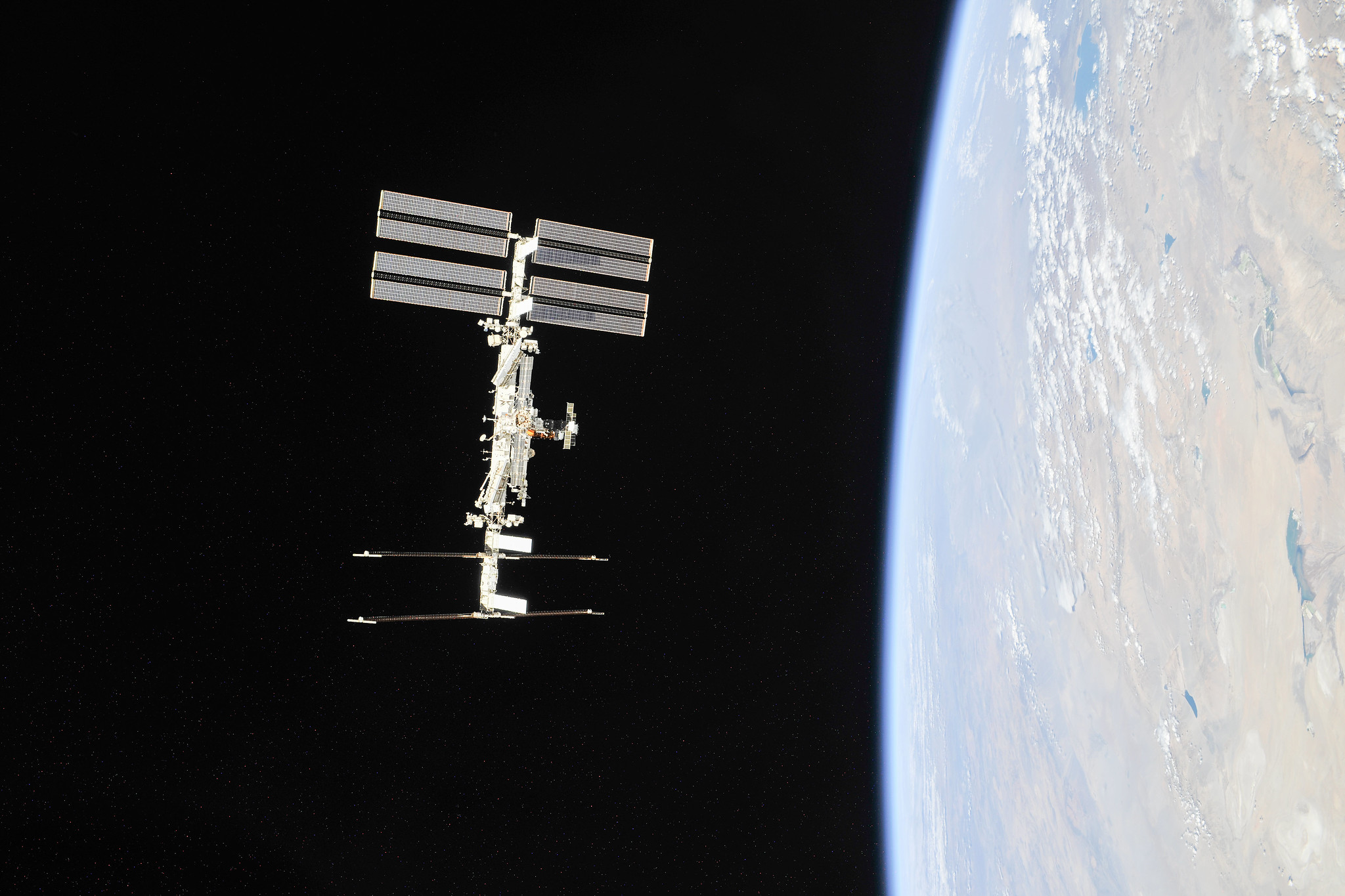NASA and Axiom Space have signed an order for the first private astronaut mission to the International Space Station to take place no earlier than January 2022.
“We are excited to see more people have access to spaceflight through this first private astronaut mission to the space station,” said Kathy Lueders, associate administrator for human exploration and operations at NASA Headquarters. “One of our original goals with the Commercial Crew Program, and again with our Commercial Low-Earth Orbit Development Program, is that our providers have customers other than NASA to grow a commercial economy in low-Earth orbit.”
The spaceflight, designated as Axiom Mission 1 (Ax-1), will launch from NASA’s Kennedy Space Center in Florida and travel to the International Space Station. Once docked, the Axiom astronauts are scheduled to spend eight days aboard the orbiting laboratory. NASA and Axiom mission planners will coordinate in-orbit activities for the private astronauts to conduct in coordination with space station crew members and flight controllers on the ground.
Axiom will purchase services for the mission from NASA, such as crew supplies, cargo delivery to space, storage, and other in-orbit resources for daily use. NASA will purchase from Axiom the capability to return scientific samples that must be kept cold in transit back to Earth.
“The first private crew to visit the International Space Station is a watershed moment in humanity’s expansion off the planet and we are glad to partner with NASA in making it happen,” said Axiom President and CEO Michael Suffredini. “A thriving commercial marketplace in low-Earth orbit begins with expanding access to serious, nontraditional users and that is exactly the aim of our private astronaut missions.”
NASA has opened up the space station for commercial activities, including private astronaut missions, as part of its plan to develop a robust and competitive economy in low-Earth orbit. The agency’s needs to achieve that goal – such as research on the effects of the space environment on humans, technology development, and in-flight crew testing – will remain in place after the retirement of the International Space Station. Commercial entities can meet those needs, providing destinations and transportation capabilities. Enabling Ax-1 is an important step to stimulate demand for commercial human spaceflight services so NASA can be one of many customers in low-Earth orbit.
For the Ax-1 mission, Axiom has proposed Michael López-Alegría, Larry Connor, Mark Pathy, and Eytan Stibbe as prime crew members. These private astronauts will be reviewed by NASA and its international partners, as is standard for any space station crew, and undergo NASA medical qualification testing to be approved for flight. López-Alegría will serve as the mission commander, with Peggy Whitson and John Shoffner as backups.
Once the proposed crew passes review and qualification, the four members will train for their flight with NASA, international partners, and SpaceX, which Axiom has contracted as launch provider for transportation to the space station. Trainers will familiarize the private astronauts with systems, procedures, and emergency preparedness for the space station and the Crew Dragon spacecraft. Based on current mission planning, training is scheduled to begin this summer.
The development and growth of the low-Earth orbit economy continues. In January 2020, NASA selected Axiom to provide at least one habitable commercial module to be attached to the forward port of the International Space Station’s Harmony node in late 2024. Most recently, NASA announced the agency is seeking input from industry on future commercial low-Earth orbit destinations that will provide services, such as crew training, scientific research, and advanced systems development for both government and private-sector astronauts and customers.
For more than 20 years, NASA has supported a continuous U.S. human presence in low-Earth orbit. The agency’s goal is a low-Earth orbit marketplace where NASA is one of many customers, and the private sector leads the way. This strategy will provide services the government needs at a lower cost, enabling the agency to focus on its Artemis missions to the Moon and on to Mars while continuing to use low-Earth orbit as a training and proving ground for those deep space missions.
For information about the Ax-1 mission, visit:
https://www.axiomspace.com/ax1
For more information about NASA’s commercial low-Earth orbit economy effort, visit:
https://www.nasa.gov/leo-economy
-end-
Stephanie Schierholz
Headquarters, Washington
202-358-1100
stephanie.schierholz@nasa.gov
Gary Jordan
Johnson Space Center, Houston
281-483-5111
gary.j.jordan@nasa.gov
Beau Holder
Axiom Space, Houston
346-293-7045
beau@axiomspace.com





























